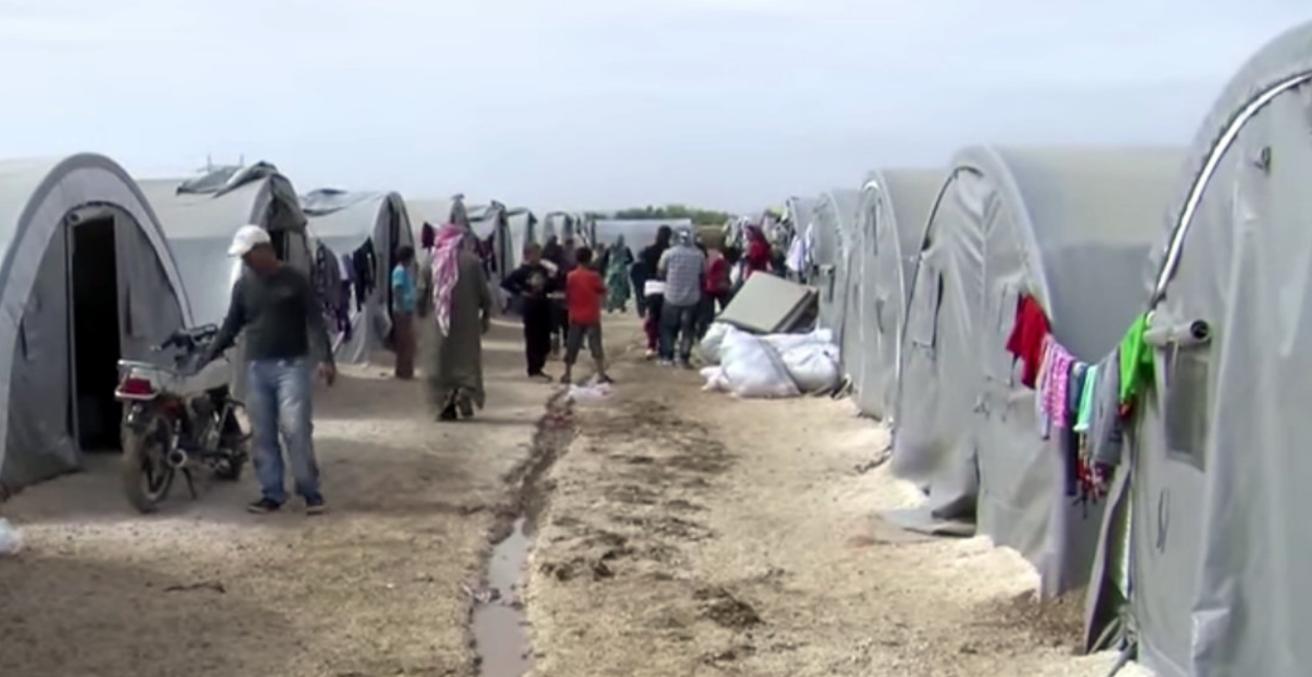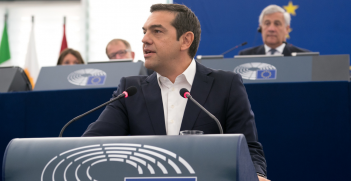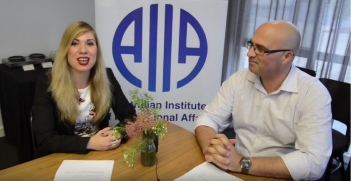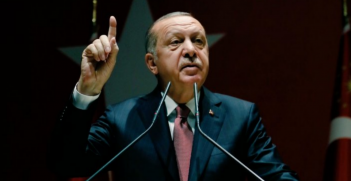Syrians in Turkey: Hopes for the Future

What is the current situation of the 3.5 million Syrians in Turkey? And what does the future hold?
On 2 September 2015, the image of three-year-old Aylan Kurdi lying dead on the beach made global headlines and turned the world’s attention to the so-called ‘Syrian refugee crisis’. Three years later, there are still 3.5 million Syrians in Turkey who are registered under a temporary protection regime, based on the numbers provided by the Directorate General of Migration Management, making Turkey the host of the largest Syrian refugee population. Yet, what do we actually know about the situation of Syrians in Turkey in the seventh year of exodus?
The situation today
We know that 96 per cent of this registered population is living in urban areas with the local population. More precisely, the two communities are mostly living parallel lives without much positive interaction between them. There is a contradictory public discourse that ranges from calls to send people back to Syria to calls to integrate them in Turkey. Recently, the mood is changing towards the former option. Survey results in 2014 showed negative responses towards Syrians as only 38.9 per cent, compared to another survey four years later where 86.2 per cent said Syrians should be returned after the war is over. The return option was widely voiced by the authorities during Turkey’s Afrin operation.
One-third of the Syrians in Turkey are children and young people. Although school enrolment rates are increasing, they are still low and enrolment does not necessarily translate into continuous attendance at school. It is also widely discussed in the news that there is funding from international donors (for example, as a result of the Readmission Agreement with the EU, Turkey has been receiving three billion Euros) mostly for the humanitarian cause. At the same time, research and news coverage show how Syrians in Turkey are exploited as cheap labour and how young Syrian women are married to older Turkish men to avoid prostitution.
The future
As the situation in Syria has now become a protracted conflict, what does the future hold for this population? The return options that many have been arguing for look implausible in the short run. Looking at the experience of ending civil wars, there are three options: return to Syria; resettlement in a third country; or integration into the host society.
Many claim that if there is peace in Syria, people will eventually return. However, people do not make the decision to return just because a peace agreement gives them the right to do so. Even if there is peace in the near future, there is still a need to analyse factors such as the security situation, economic opportunities (both in the reception and origin sites), the socio-demographic characteristics of the household, how traumatic the displacement process was and the duration of the conflict.
There have been self-organised returns, about 12,620 in total, but there has not been an institutionalised policy. Data to date shows that those with family living in Syria, or who owned land or property in Syria, are more willing to return. There are different views about Syria’s security context, quality of life and reconstruction as conditions affecting return. For example, security can be defined in on three levels: a general need for ‘safety’ (that is, an end to fighting); the removal of Syrian President Bashar al-Assad; and regime change.
This argues there is no viable return option despite the political rhetoric in Turkey, as the context is not ripe. The option of resettlement is not feasible, as there are very small quotas for resettlement as a result of the unwillingness of resettlement countries.
The integration scenario
The most viable policy scenario is integration.
First, because it is already happening. Although there is a general tendency not to name the process as integration (authorities use the word ‘harmonisation’), there are many integration programs taking place on different levels both in public and private institutions, across municipalities and civil society.
Second, because the international community is willing to support it, at least for the time-being. Turkey will receive a second instalment of three billion Euros as part of the EU-Turkey Readmission Agreement, which is seen (very problematically) as a model for further areas of cooperation between the two actors.
Third, because in the long term all sides benefit. Research shows that more integrated migrants are more transnational, which would lead to a creation of a Syrian diaspora that will be more active in rebuilding Syria when the time comes.
For this to be successful, many facets of the situation should be addressed. To begin with, it needs to be acknowledged that integration is a two-way process. But in Turkey, communication between the host and migrant communities is lacking. There is competition for resources. There are many cases of exploitation in the name of charity. Despite being a unitary state, Turkey has different local integration processes. For example, Gaziantep does relatively better than Istanbul in many ways.
Going forward, there is the need to discuss the impact of policies and actions, to underline the importance of migrants’ agency and to discuss and learn from best practices.
Deniz Şenol Sert is Associate Professor of Department of International Relations at Özyeğin University. Her areas of expertise include conflict studies; forced, international and irregular migration; transnationalism, border management and civil society.
This article is adapted from the author’s presentation “Contemporary Challenges: Refugees and Displaced People” at the International Political Science Association World Congress on 21-25 July.
This article is published under a Creative Commons Licence and may be republished with attribution.





